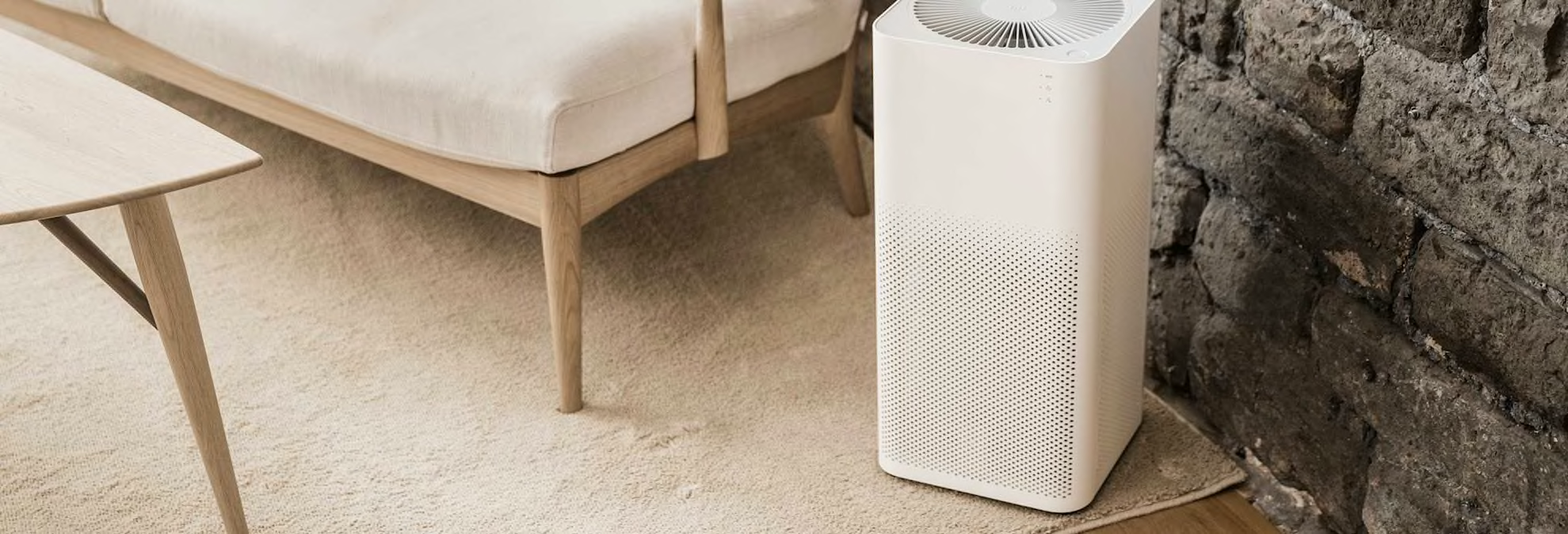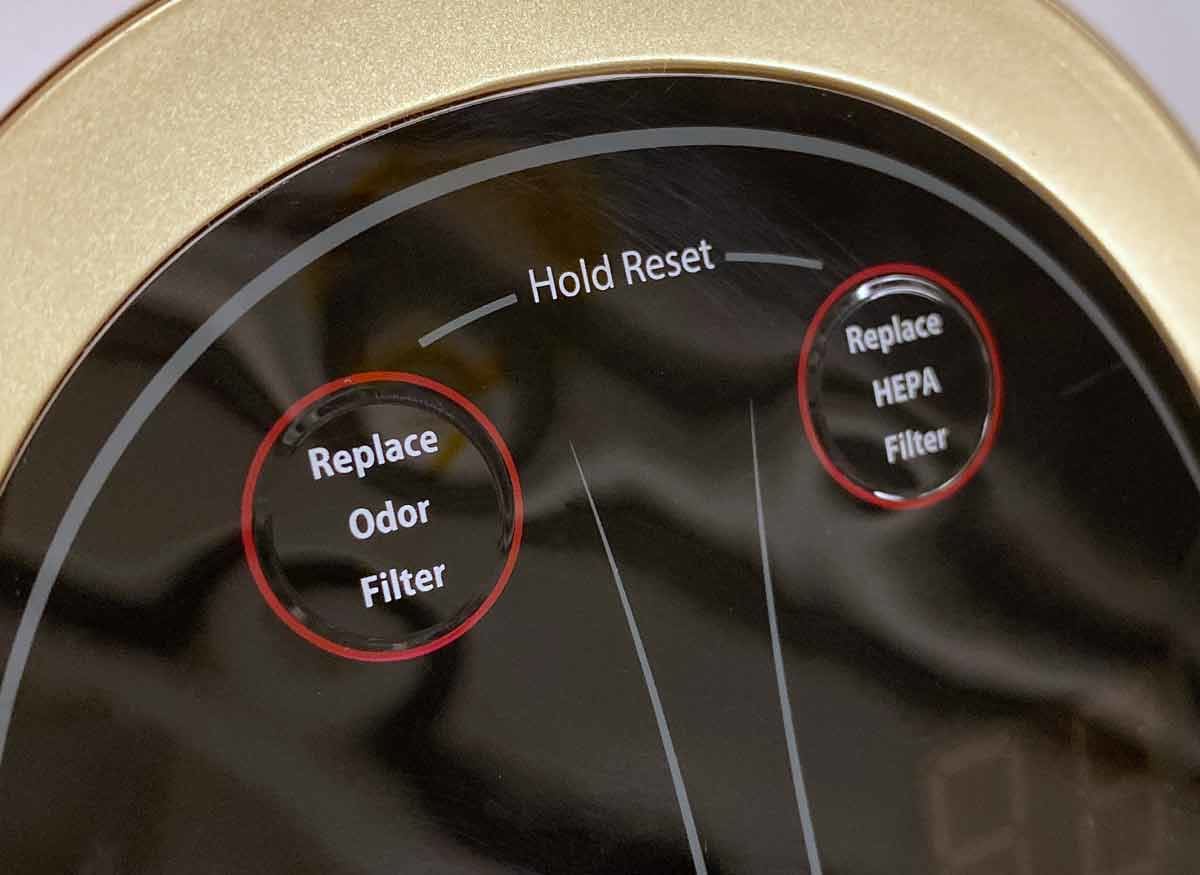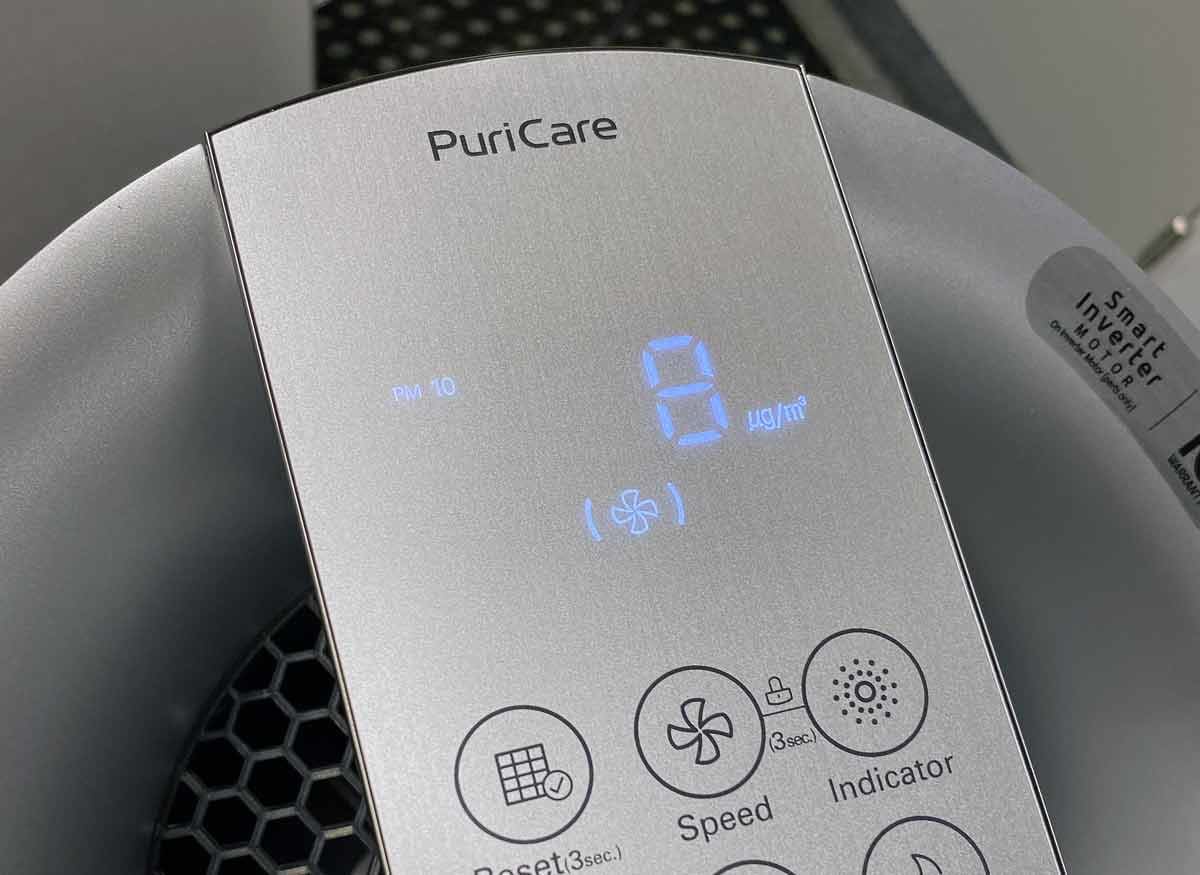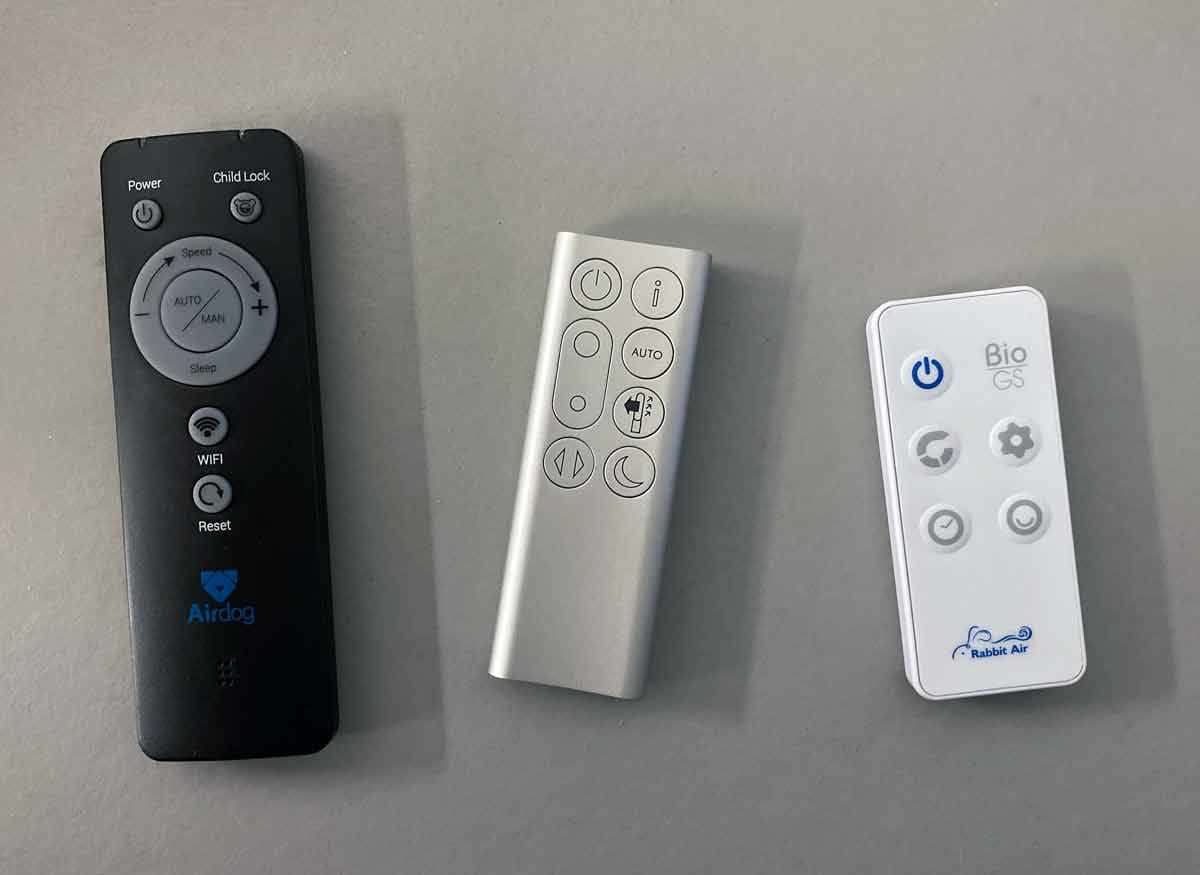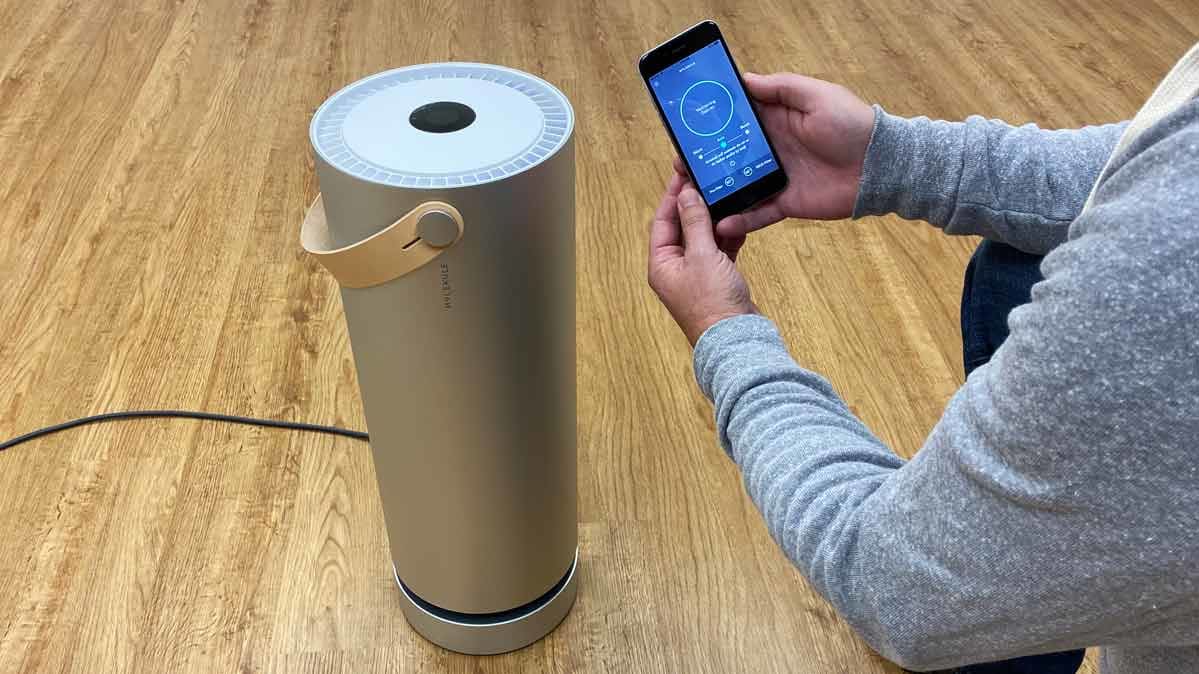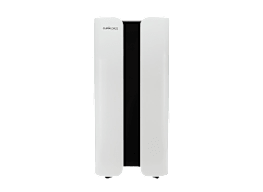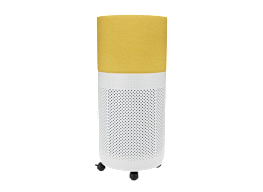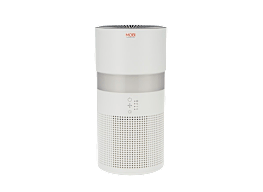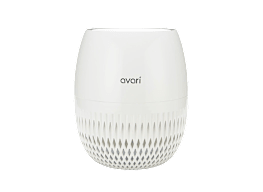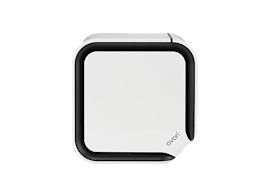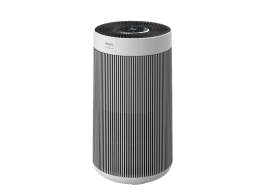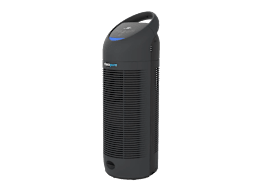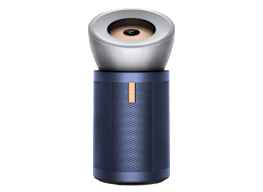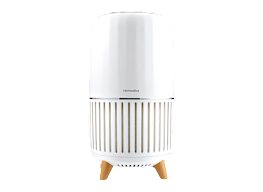Different air purifiers work using a range of technologies. A few are helpful. Others are ineffective, or even potentially harmful to your health.
Mechanical filters: These purifiers use fans to force air through a dense web of fine fibers that trap particles. Filters with very fine mesh are called HEPA filters. While they work on microscopic particles, they can also remove larger particles (including dust, pollen, and some mold spores) when they’re suspended in the air. (Some filters are labeled “HEPA-type” or “HEPA-like”—these have not been certified to meet the requirements of a true HEPA filter but may still perform adequately in our tests.) Mechanical filters don’t help with gases or odors. And they can be expensive to maintain. Mechanical filters need to be replaced every six to 12 months; they can cost upward of $200 per filter but typically cost no more than $80.
Activated carbon filters: Unlike mechanical filters, these filters use activated carbon to capture certain types of gases, including some odor-causing molecules. But they’re not particularly effective against formaldehyde, ammonia, or nitrogen oxide. Because activated carbon filters don’t combat particles, many air purifiers will have both an activated carbon filter and a mechanical filter. Activated carbon filters get saturated faster than mechanical filters, though, and require replacement more frequently—every three months, as opposed to every six to 12 months for mechanical filters. Make sure to budget for replacements accordingly: Activated carbon filters usually cost up to $50 each.
Ozone generators: These machines produce ozone, a molecule that can react with certain pollutants to alter their chemical composition. This can result in dangerous indoor air quality, and CR does not recommend these types of air purifiers. Makers of ozone generators often claim that the devices emit safe levels of ozone, but in the past, our tests found that even at low settings, some ozone generators quickly exceeded the Food and Drug Administration’s limit of 0.05 parts per million for medical devices. Plus, studies reviewed by the EPA have shown that low levels of ozone—the chief ingredient of smog—don’t effectively destroy indoor pollutants. Research also shows that ozone has been linked to decreased lung function and increased risks of throat irritation, coughing, chest pain, and lung tissue inflammation. Ozone exposure might also worsen asthma, emphysema, and bronchitis.
Electrostatic precipitators and ionizers: In these electronic models, particles in the air become charged so that they stick—magnet-like—to plates on the machine or to nearby surfaces. CR doesn’t typically test electronic air purifiers nor recommend them because they can produce ozone.
Ultraviolet germicidal irradiation (UVGI): Some manufacturers claim that their air purifiers kill airborne viruses, bacteria, and fungal spores with UV lamps. But they might miss certain bacteria and mold spores that are resistant to UV radiation. To work, the UV light must be powerful enough and the exposure must last long enough—minutes to hours, rather than the few seconds typical of most UVGI air purifiers—to be effective. CR does not test UVGI technology, though some mechanical air purifiers we test may have the added function.
Photocatalytic oxidation (PCO): Some air purifiers use ultraviolet radiation and a photocatalyst, such as titanium dioxide, to produce hydroxyl radicals that oxidize gaseous pollutants. Depending on the pollutant, this reaction can generate harmful byproducts, such as ozone, formaldehyde, nitrogen dioxide, and carbon monoxide. CR does not currently test air purifiers with PCO technology. There have been few field investigations exploring the effectiveness of PCO air purifiers, but one laboratory study, conducted by researchers at Syracuse University in New York, reported that the devices did not effectively remove any of the VOCs typically found in indoor air.
Photoelectrochemical oxidation (PECO): This variant of PCO emerged in 2017 from the manufacturer Molekule. The Molekule Air purifier did not score well in our tests for dust, smoke, and pollen removal. Since then we’ve also tested the more expensive Molekule Air Pro, which performed better at removing contaminants on its highest setting but did not impress in CR’s other air-purifier test categories, nor did it rate well in our CR member survey.
















